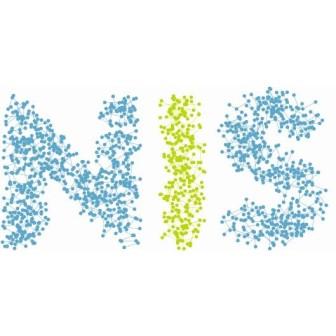COMPARISON OF THE HUNGARIAN PLANTS OF EYEGLASS LENS MANUFACTURERS ZEISS, HOYA AND SPECSAVERS BETWEEN 2014-2019
COMPARISON OF THE HUNGARIAN PLANTS OF EYEGLASS LENS MANUFACTURERS ZEISS, HOYA AND SPECSAVERS BETWEEN 2014-2019
Author(s): Péter Bajnai, Péter PopovicsSubject(s): Business Economy / Management, Micro-Economics, Agriculture, Labor relations, Economic development, Marketing / Advertising
Published by: Fundatia Română pentru Inteligenta Afacerii
Keywords: Profitability; Eyeglass lens industry; Consumer brand awareness; Cluster; Operational efficiency; ROS and ROA indexes;
Summary/Abstract: In recent decades, three major representatives of the global eyeglass lens industry have established subsidiaries in the same Hungarian settlement, Mátészalka, which has a significant past and experience in the sector. The plants of the German Zeiss, the Japanese Hoya and the British Specsavers rely on the manufacturing, processing, framing and distribution of eyeglass lenses. The companies are direct competitors of each other in terms of both sales and labour market. The following analysis presents these companies based on various indicators such as net sales revenue, after-tax profit, ROS and ROA indices, number of employees, average wage and productivity, consumer awareness and brand loyalty. It also reveals differences in size, performance, and profitability among the organizations. Hoya's plant stands out in various respects due to its prominent position and dynamic development within the company group. Zeiss seems to be coming to a halt, its performance has declined in comparison to Hoya in recent years, its position within the group is weaker than that of its competitor. Specsavers carries out activities of lower profitability in its local plant; therefore, it can be less profitable than its competitors.
Journal: Network Intelligence Studies
- Issue Year: VIII/2020
- Issue No: 16
- Page Range: 125-134
- Page Count: 10
- Language: English

